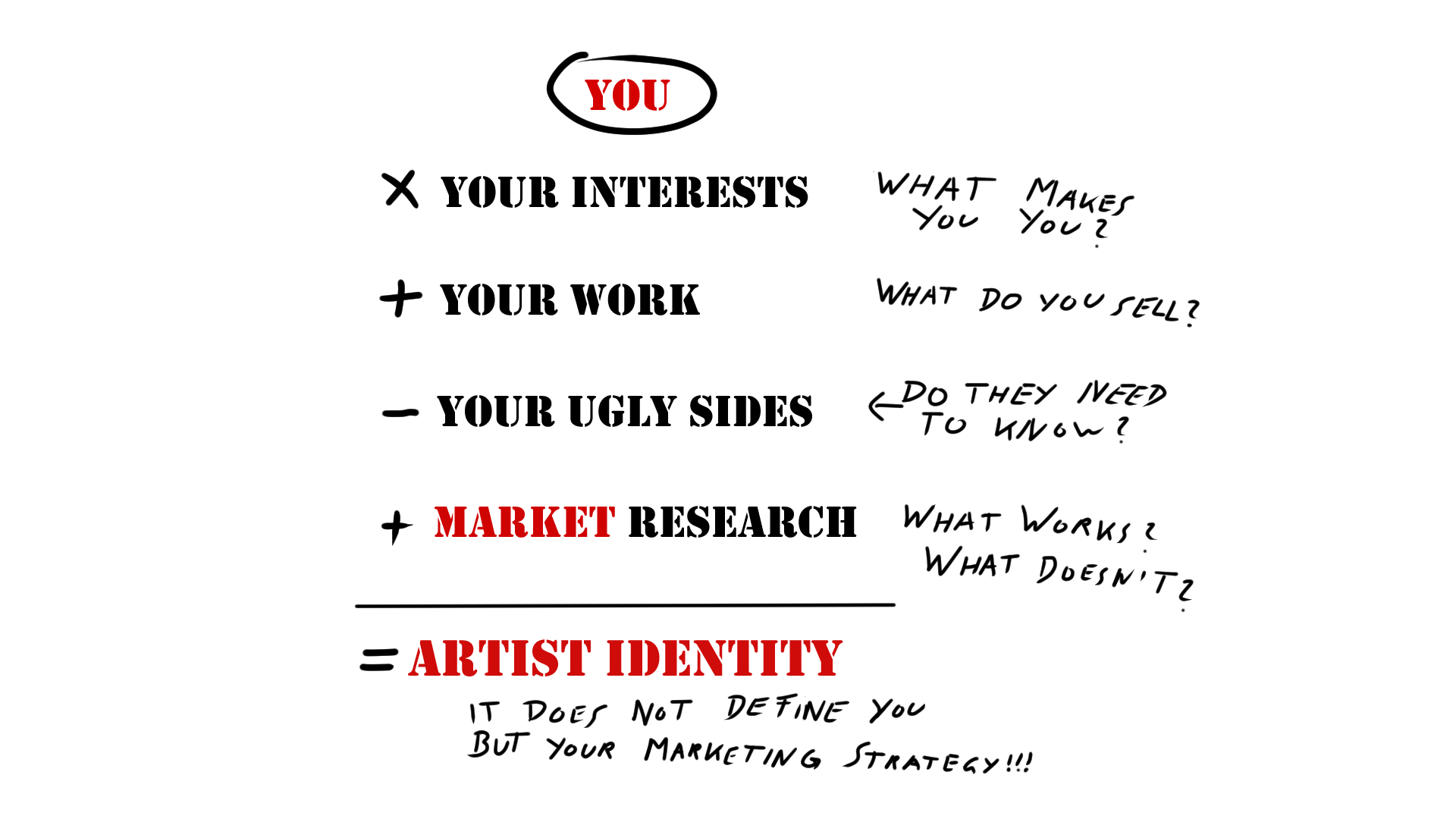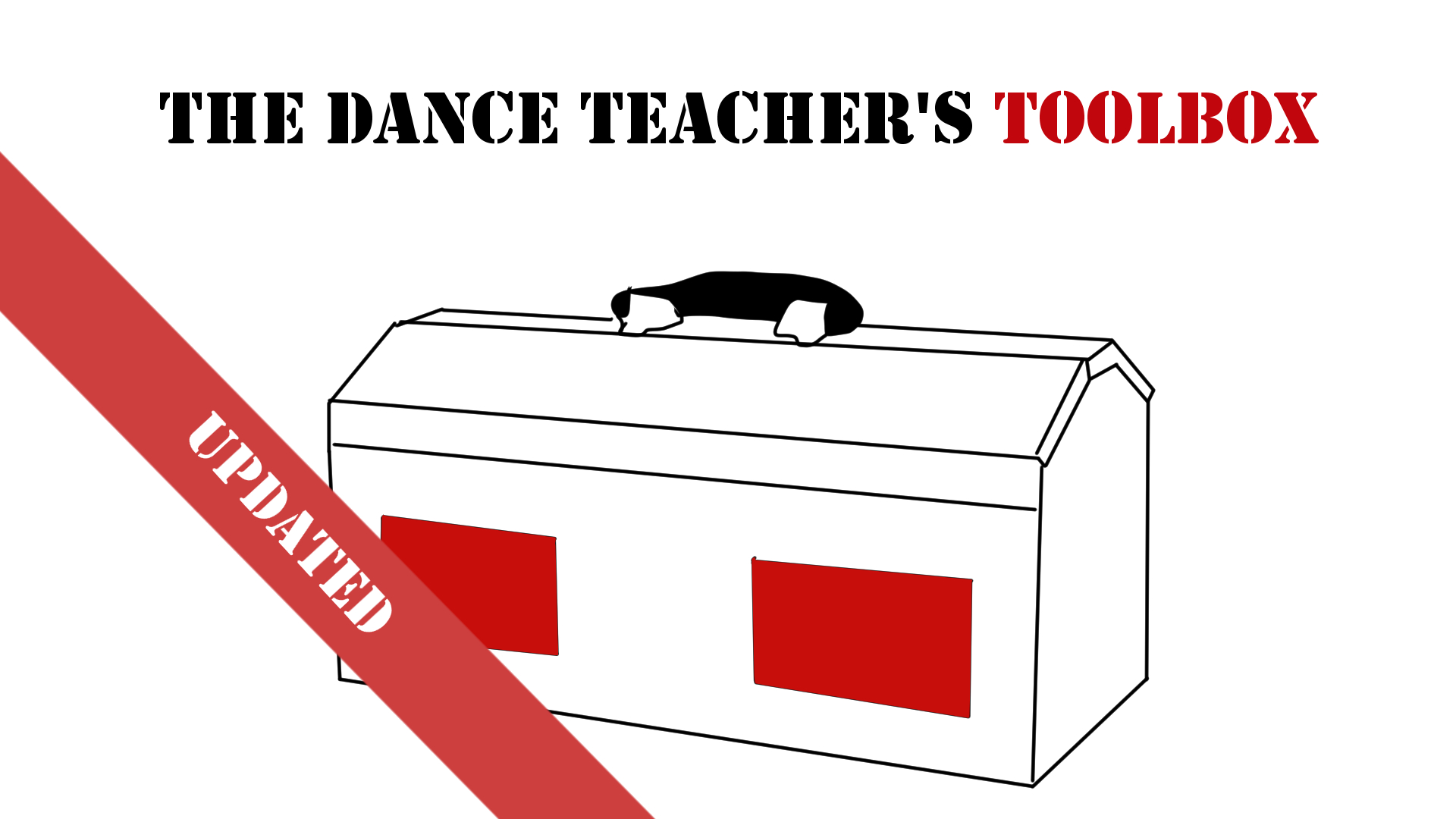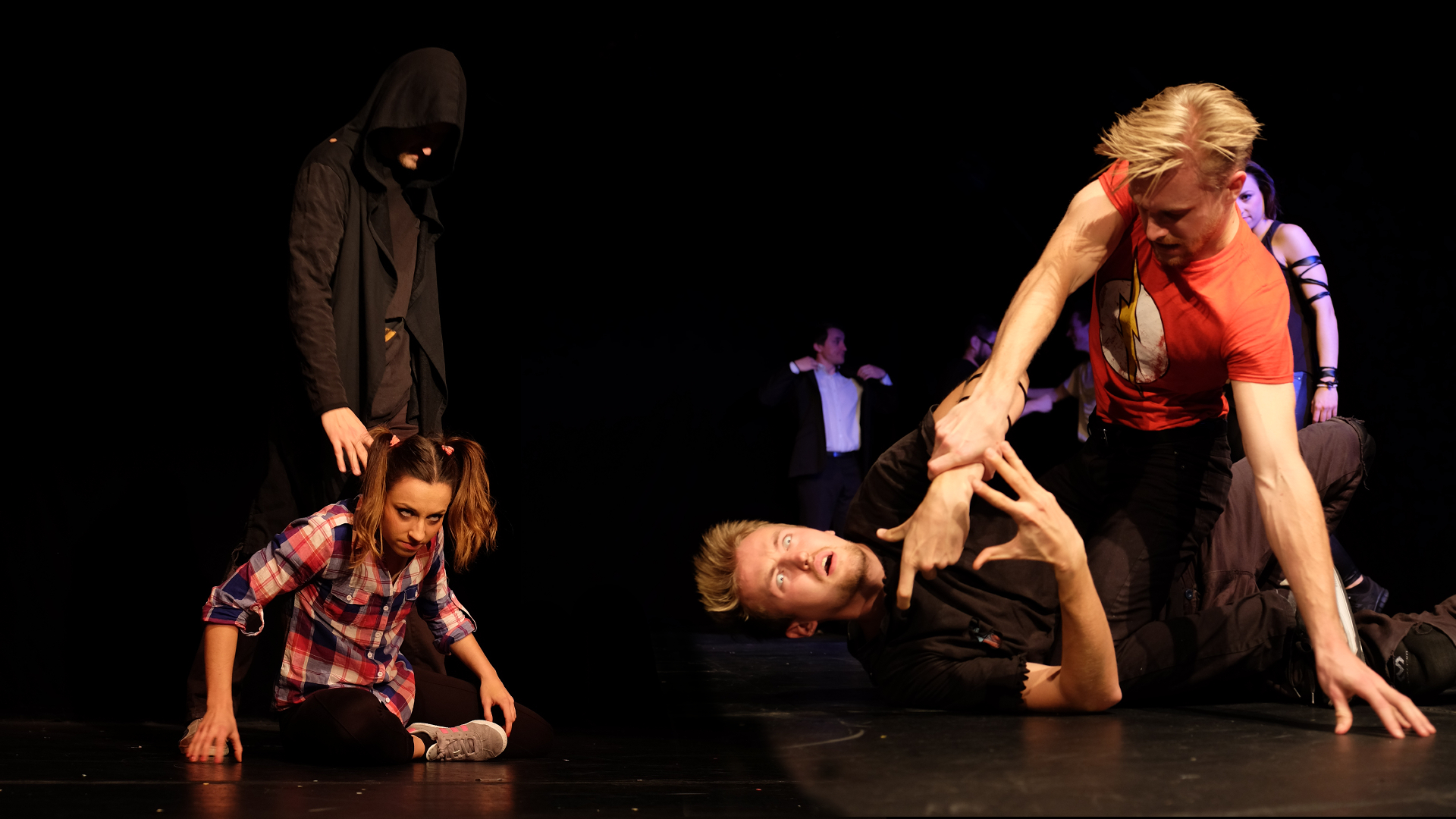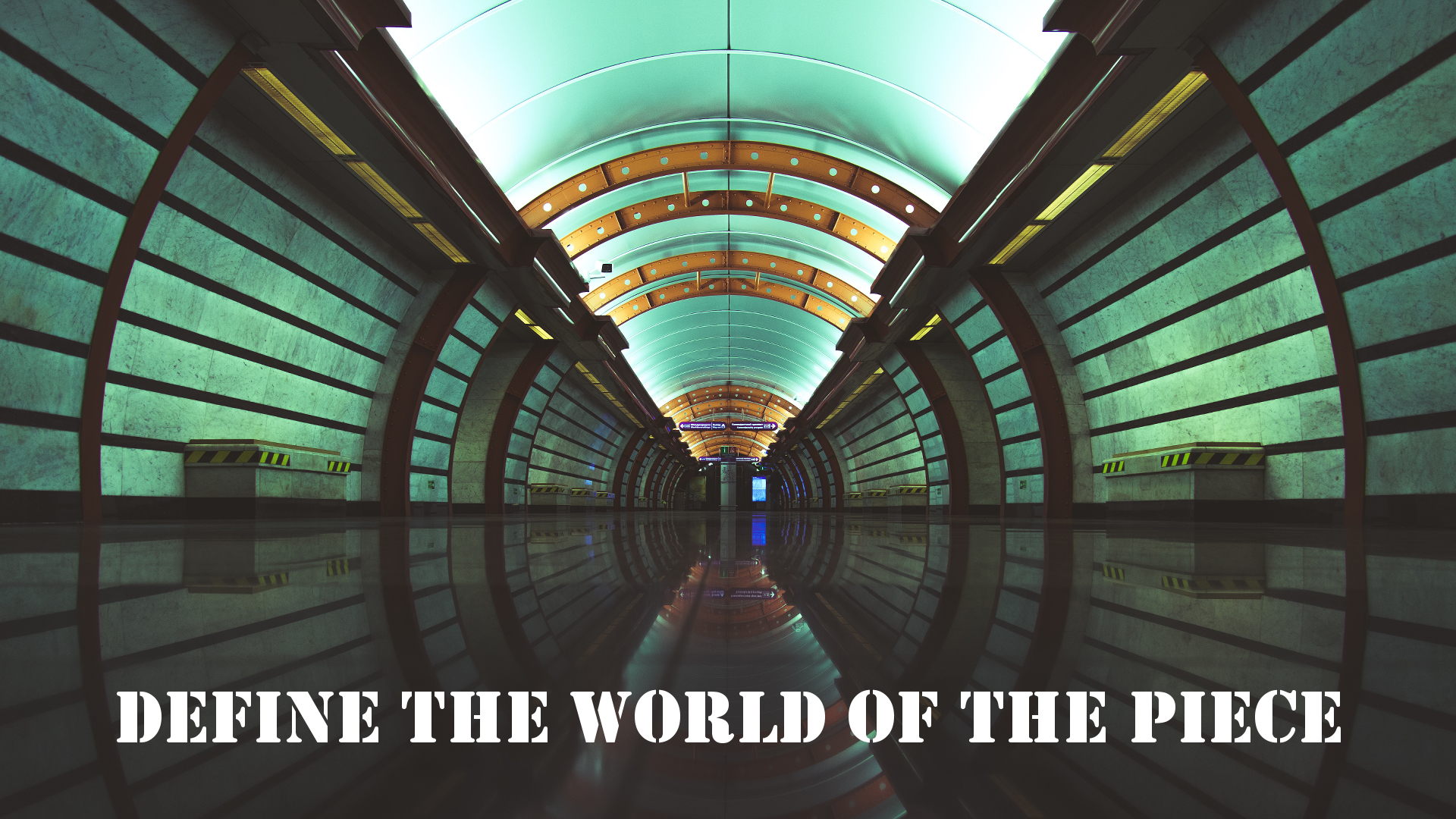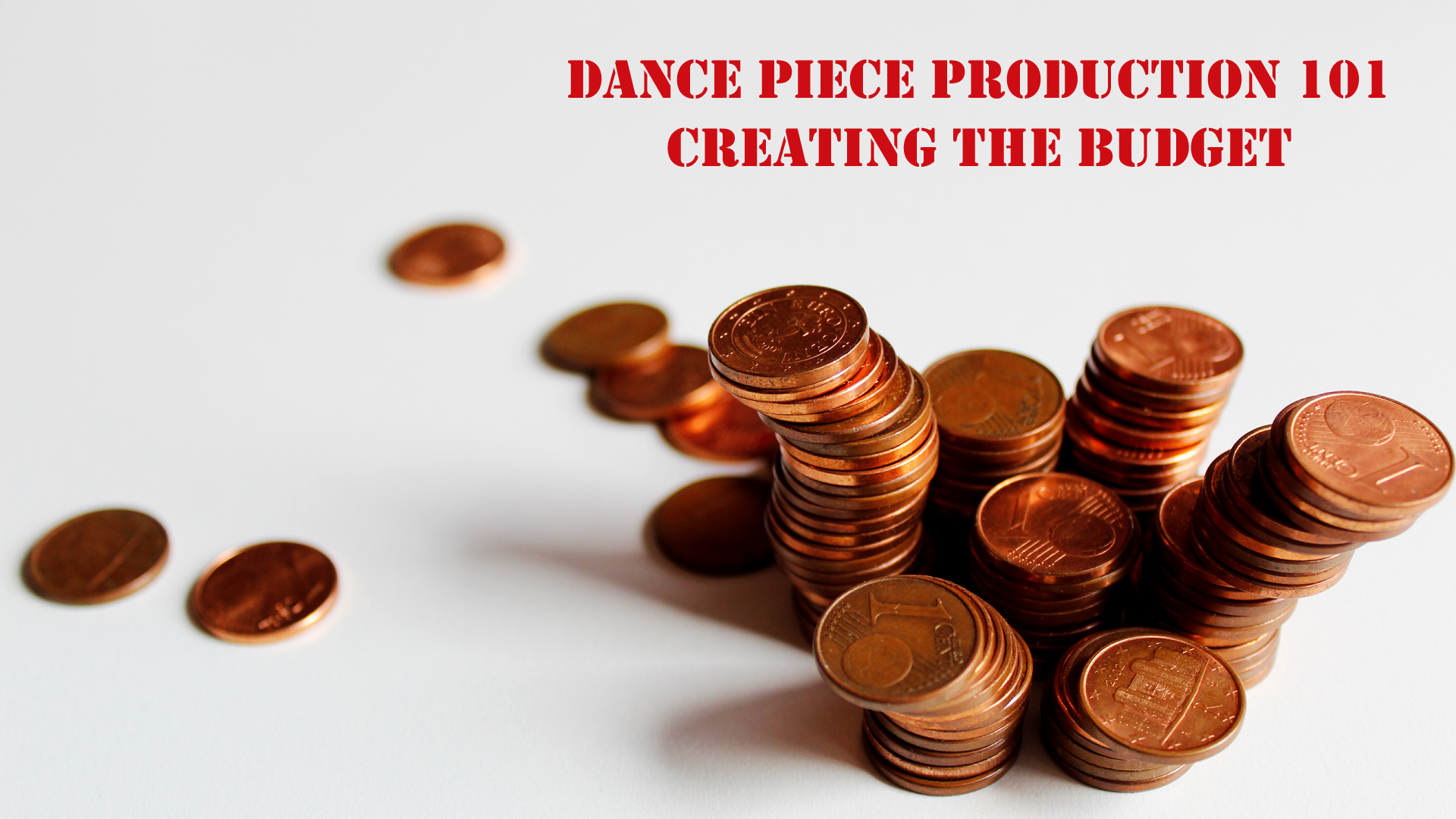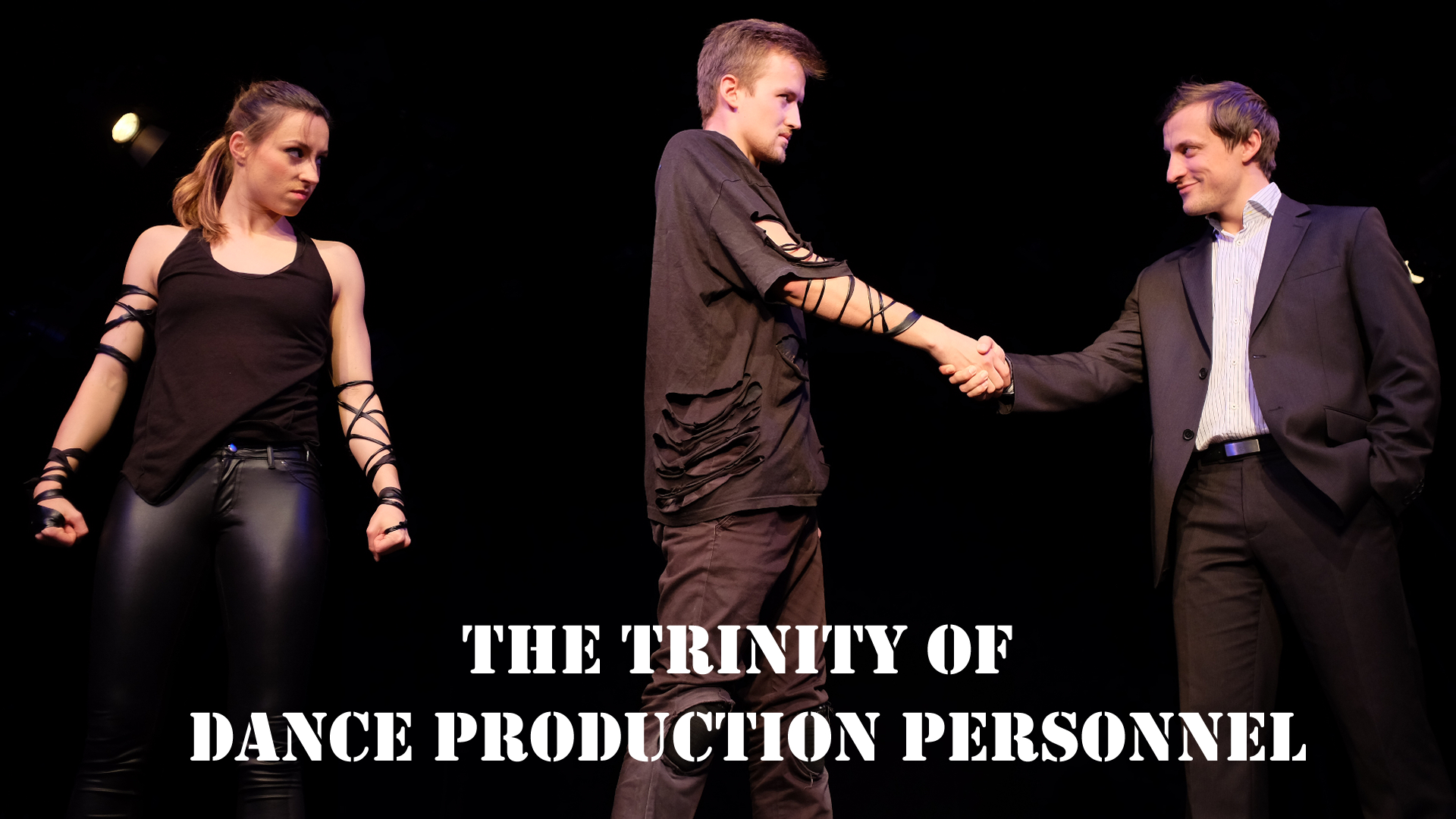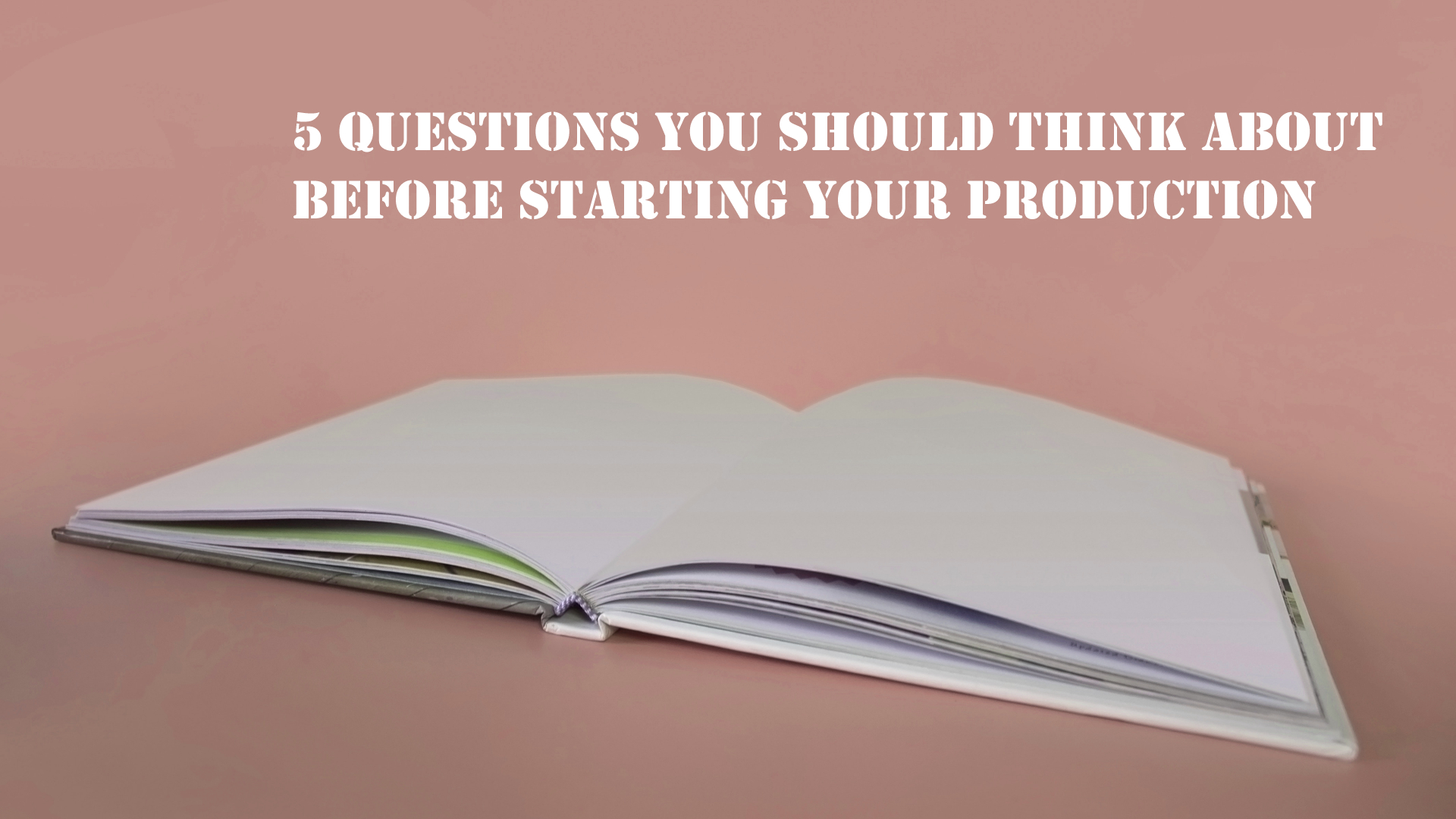The Artist Identity is at the core of your marketing process. Most issues in independent (means self-made) marketing come from the lack of definition and therefore the potential fans not knowing what to expect. The Artist Identity is a universal idea that is as true in the dance industry as it is in the music business or any other endeavor that requires Marketing. But what is it?
The artist identity is a curated version of yourself that emphasizes your work and the message you want to send out while hiding everything irrelevant. It also takes your target audience and market into consideration.
Before we dig deeper into the topic, check out the Dance Espresso I made about that topic:
The Artist Identity is the perceived image of you, as an artist, by the audience. It is the promise to your fans what they can expect when consuming your work. It is the story you tell.

There are two fundamentally different approaches to the definition/creation process. I will call them the artist-first-approach and the market-first-approach. Both are extremes that lead to potential upcoming issues in the artist’s career, and I recommend taking the best from both worlds to create your process.
The artist-first-approach follows the idea of not creating an Artist Identity at all but by merely going with who the artist is. It would mean you are 100% real with yourself and the audience about everything and let the people who love this find you. As great as this sounds, it fails to take into consideration that every one of us has some weird sides, that might be detrimental to building a consistent story that resonates with an audience that is big enough to make a sustainable career around. It also fails when dealing with people who just have no idea of who they are or who they want to be.
The market-first-approach is what has been done by the big players in the music industry for decades. They studied trends in the market, understood what people considered cool and created artificial artist personas (just another fancy term for the Artist Identity) to match these needs. For that, it was essential to find a new artist without a developed identity and tailor his story to what sells well. That is still common practice in pop music, especially with young artists who might not be sure about who they really are themselves. This approach bears a high risk of the artist becoming unsatisfied with her playing a role instead of following her own intentions and ideas. That might backfire in the long-term.
As mentioned before, I recommend taking the best of both approaches. You start by clearly understanding who you are and what moves you. You think about what you do and the reasons behind it. We already answered a lot of these questions when thinking about Your Bigger Picture and Artisan or Originator. By making the motivations and interests of you the main inspiration for the Artist Persona, you ensure that you are motivated in the long run to stick with the identity that you created.
Step by Step to your Artist Identity
Let’s do this in a structured way. Step by step. I recommend you take notes. Here is how to create/find your Artist Identity:
- Who are you, and what is Your Bigger Picture?
- Your influences and interests?
- Your main discipline
- Your Promise
- What we share
- Refine through research
Who are you, and what is Your Bigger Picture?
You need to answer these questions to make sure you know the foundation you are building the future of your project on. They are the building stones of what you are doing. If they are not right, the rest is not going to work. When you meet issues based on the wrong foundation along the way, you can correct them, but it is much more work than getting it right in the beginning.
So, ask yourself:
- Who are you and What are you doing?
- Why are you doing it?
- What is your vision of a better world, aka Your Bigger Picture?
If you are already settled in your identity and far on your way of character-development the answers can be simple but going into depth has advantages along the way because you know more details. In the example, we will go with easy answers from my perspective to make the article not unnecessarily complicated and lengthy.
My simple answer to #1 would be a dancer. While this would be the obvious one, it is not detailed enough and would not match what I really do. If I dig deeper and check with myself honestly what I do, I arrive at “telling stories with dance as my primary and writing my secondary means of communication”. Does not sound too sexy now, but it is a much better start. With the original answer (“a dancer”) I would put myself in a position to compete with guys like Les Twins and thousands of other people who are just better than me when we talk about dancing. That’s not a good position to be in when we talk about business.
I am doing this because I was drawn to experiencing and presenting stories ever since, but never by merely telling them. Long before I started to dance, I was into role-playing games (DSA and Shadowrun for my fellow players), mostly as the game master. I organised multiple LARPs, which are Live Action Role Playing games – impro theatre without an audience, just for the pleasure of the guys playing. As soon as I felt a little confident in my skills, I created my first own dance theatre piece and later short movies. During all these times I danced myself (in battles or other productions), but all the projects I launched on my own have that story-driven background.
In my bigger picture, everyone has something he or she likes to do, that adds value to the life of others. Everyone should be able to do exactly that in his life and be able to earn a living doing it.
What are your influences and interests?
The answers in the section above are of general nature. Influences and interests are, in my opinion, where our ideas and topics come from. It’s where we look for inspiration, where we take our topics from or what shaped our world views. They are specific. It’s the genres we watch/read, the music we listen to, the passions we follow, our hobbies and the ways we waste our time with. It’s also our upbringing, our education and therefore the way we think.
Knowing these points helps us stay consistent as we know the things our mind is drawn to.
I am from a working family – Mum and Dad had regular jobs to feed the family. Mom in day-care and Dad ran his own software company. I was in a technical school and graduated as a software engineer. Since school, my mind is wired to take the logical approach to every issue it is confronted with.
I did a good amount of martial arts in my life – with Judo being the one I stayed with for the longest. I did it for 9 years and held a first dan (black belt) when I quit. I guess it’s fair to say Martial Arts were the defining thing in my teenage years. Judo is a full-contact discipline, so one gets used to rough handling.
As already teased above my other interests were in the realms of RPGs and as a software developer of course videogames (for me that cliché is true). The topics or genres I follow are mostly Science Fiction (especially Cyberpunk) and Fantasy (both with a postapocalyptic touch). I love those because they usually deal with the same topics that we must deal within our lives but disguise them as something completely different. I hope to be able to do that in my work as well.
Ok, now that we have collected this bit of information, what do we make from it? We use it to create our persona in a way that can stay consistent.
For me, it would not be wise to create my Artist Identity around being a wealthy kid, that is a fantastic choreography dancer from an art school and promote following your gut feeling. I could not keep up with one of these parts, let alone all three. Playing a role is not in the interest of us, because we are here for the long term and being real with yourself makes a consistent game much more pleasant.
Your main discipline
What is your primary way of reaching your audience? Probably by dancing, I know. But how do you approach it? Common in dance is entertainment, education and competition. Not saying these are the only three but in most cases at least one of them fits.
Entertainment is precise, I guess – you dance or create dance pieces that are there to amaze people. Education means you help people grow in some way. Competition means you are out in the arena to proof you are the best – this can be battles, choreography contests but also competitive art exhibitions. These disciplines are not mutually exclusive, but it helps to define your main.
I see myself in the education field. While I try to make my work as entertaining as possible, my main interest is to make people think about what I want to tell them. This goes well with my analytical thinking and writing. I guess there is no question that the article you read right now can be considered education as well.
Up to this point, we looked at ourselves, the work we do and what we want to represent. We will now change our perspective and look at our potential audience.
Your Promise
With all the answers we collected until now we think about the promise – the offer we make to people what they will get from us. From there, we develop a matching lifestyle and the cultural/social aspects that go well with our message. It will also help us to define topics for visuals and promotional content in general.
This step is a creative task that you should take enough time to complete thoroughly. There is no silver bullet to this one. Everything that came before and comes after are abstract methods that are similar for everyone. This one is about taking time and condensing everything you know into a neat package.
My promise is “I will show you my art, help you to create yours and give you the knowledge to turn it into a business if you want to.”
Often the key message might not translate into a slogan. That’s not a problem. You don’t tell people but show. The following examples will work fine, as well:
“I will blow your mind with creative concepts and movement design”.
(Would work as the promise from Phillip Chbeeb @phillipchbeeb)
“I will show you how we did it back in the days”.
(Could be from Buddha Stretch @buddhastretch)
“When you join me, you will see some sexy choreography pieces”.
(Fits Jade Chynoweth @jadebug98)
I did not ask any of these guys for their Artist Identity planning. But by looking at their presentation I found that the examples above work. Only the single sentence I made up, catches the essence of what you can expect from these artists. It’s easy to understand, and that is the point.
What we share
The next step is to define what we want to share with people. Other people call this defining the lifestyle and culture around the artist, which is valid to some extent, but I dislike calling it like that. We are not changing our lifestyle or culture. We are choosing what to show people. This step should take everything into consideration that we already know from this text and include the insights from Your Bigger Picture, Artisan or Originator and your chosen work fields (primary and secondary if you have multiple).
Evaluate your lifestyle (the real-life you live). What parts of it are relevant and exciting for someone who might take you by the word of your promise? Don’t make a mistake and think it’s all of it. Most people are not interested in your morning routine, diet or family affairs when they are there to watch excellent movement design and creative concepts like promised in the first example above. Maybe some hardcore fans want to know that later down the road, but that is a topic for another time.
Here I am, more or less talent-free but a hard-worker, trying to decide what’s worth sharing: I chose to go with my finished pieces of work, in some situations the work in progress, the methods I use to get there, things that inspire me, what I know about dancing and everything I know about the business. Things I don’t share as part of my Artist Identity are my private life, parties (except they are part of my work), my training, pets, and so on.
At the time of this writing, you can not see this reflected on my social channels as I am working on my first book release and will tackle the time-consuming tasks of implementing the Artist Identity in my social media presence after I finished the publication of the book.
The things you share are there to build trust between you and viewers, and eventually, they will turn viewers into fans and then true fans. They are what we need. You remember the theory of 1.000 true fans, don’t you? You want the people to come back because they love what you offer, and you want them to come back often. Therefore, it is essential to find the sweet spot of what you can and want to give and what they want. If you can deliver that, you are set up for success.
Check the things you put out into the world against your decision of what’s part of the image you want to share. When you teach kids as a central pillar of your identity, consider sharing great moments from your workshops instead of drunk pics from your recent parties. Because the kids are watching and teachers have responsibility. On the other hand, if being there at every party you can get is part of your lifestyle and image that you want to spread, you should share these moments.
Refine by research
Chances are there are people out there who are doing something similar or even the same you are doing. Take your time and check how they present themselves, what they share with the world and try to find the reasons for things that are not obvious. If something does not make sense, it could be that the artist you are checking just did not define his persona well or at all.
Look what is working well for others and evaluate if it makes sense to adapt it for yourself. Is there an agenda that you can adopt that empowers your vision? Can you add some quotes, that go well with the mood of your presentation? If yes, see if it aligns with your image. Don’t throw around rough quotes from mixed martial arts if you are a Yoga guy who is into zen-like mastery of self-control. Check methods from similar work fields and see if you find ideas there.
I added writing blogs because I was inspired by the work of people like Austin Kleon and Seth Godin. Both are authors but run their own blog to keep the attention of their readers alive in between book releases. I might adopt specific tactics from them but tactics are details, and we are talking strategy now.
If you see something that works and makes sense for you, just add it to your game plan. You can always change things if you need to.
Take your time with the process presented in that monster of an article. It took me longer to write it as it is the longest text on that blog. You should also invest the time and not rush the development of your Artist Identity. When you are ready, feel free to share them if you want. Or don’t. However, you feel. But you better be confident about your result.
Until next time.
PS: whenever I talk about share in this article, it means showing it to your audience. This includes appearances in real life and in any media. Just adding this, in case it is not obvious that I am talking general and not only in social media terms.
Apropos “share”: if you dig this article, do me a favour and send it to someone who may need this advice. Much appreciated.

